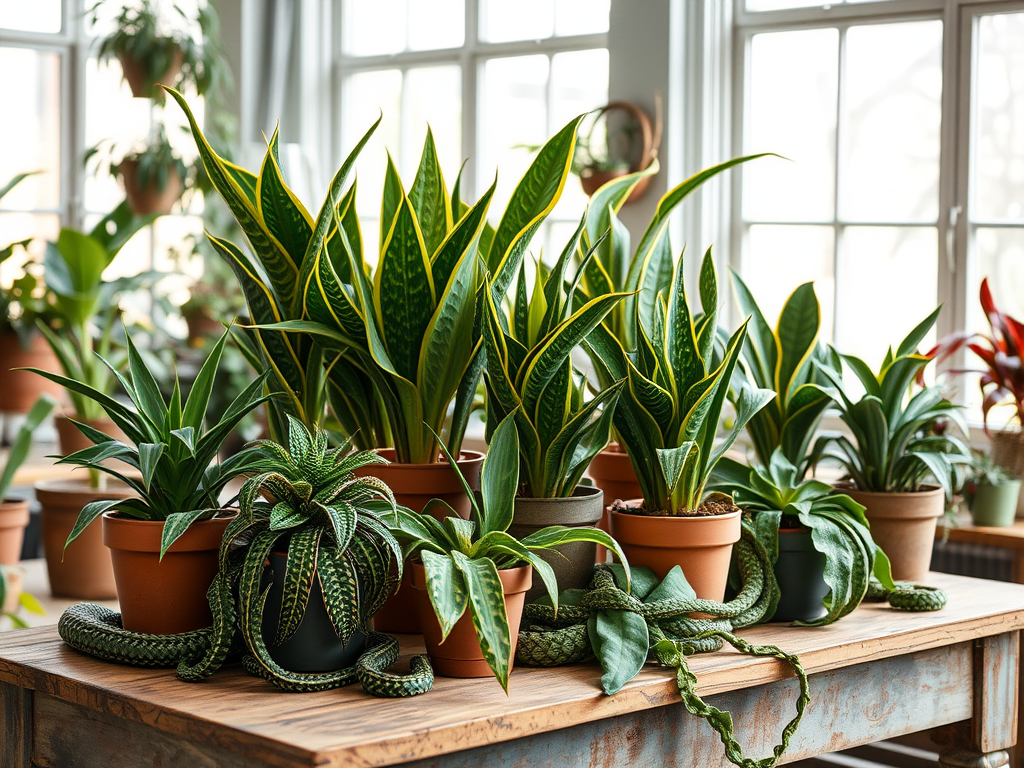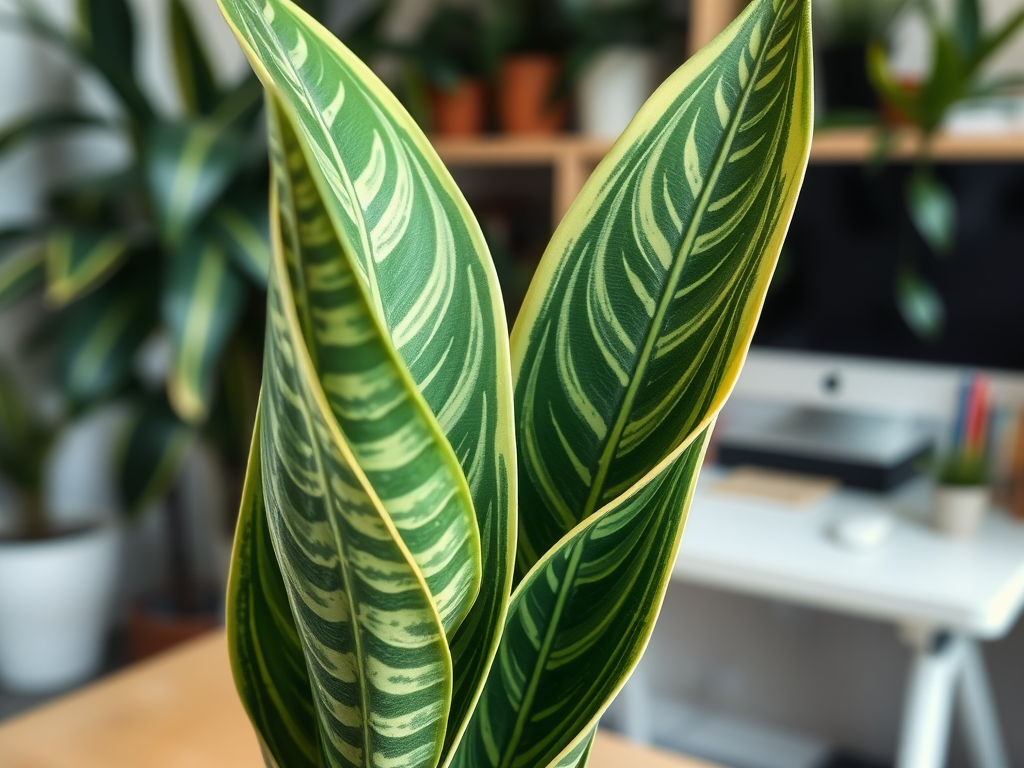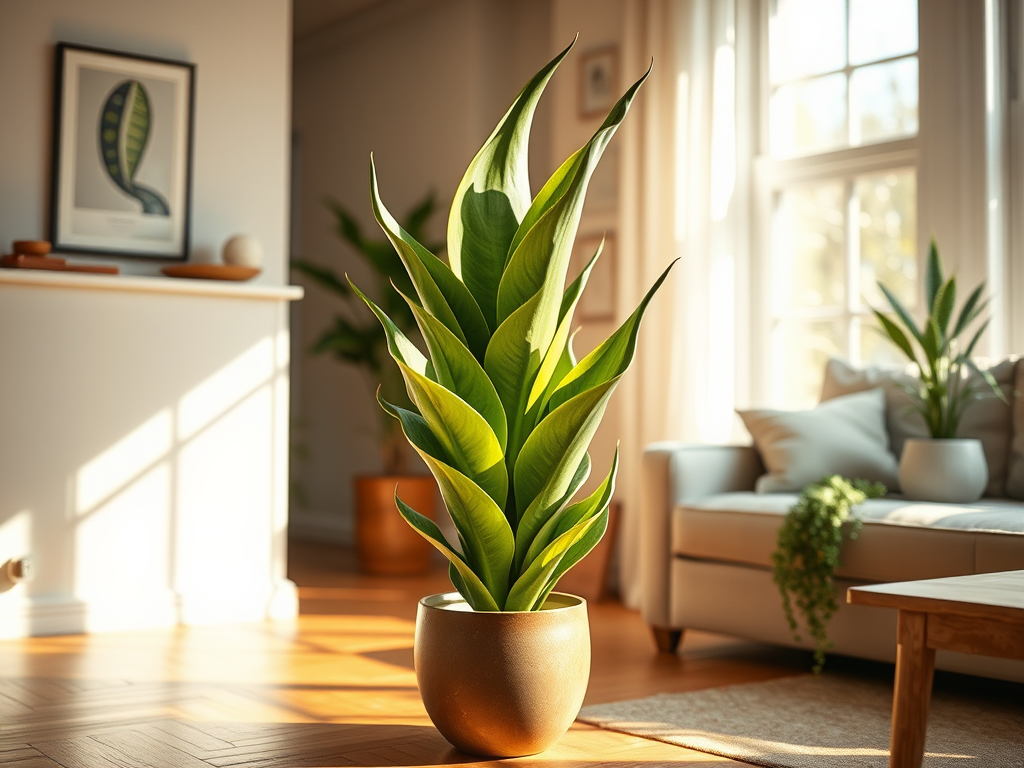Snake plants, intriguingly known for their unique leaf patterns and effortless maintenance, are becoming increasingly popular in urban gardens and indoor settings alike. These hardy plants can reach impressive heights, captivating plant lovers and novices with their adaptability. But just how big do these lush greens get? The answer lies in understanding their nature, the conditions they thrive in, and the proper care they require. This guide will provide insights into the growth potential of snake plants and highlight factors that influence their impressive stature.
As you delve into the world of snake plants, you’ll discover not only their ability to purify air but also the aesthetic value they bring into your home. Their erect, sword-like leaves often evoke a sense of vitality and modernism that suits a variety of decor styles. You’ll learn about the different varieties and their distinct characteristics, enabling you to make informed choices about which type to integrate into your living space. In this article, key details about snake plants will unfold, giving you a comprehensive picture of their growth potential.
The Growth Characteristics of Snake Plants

Snake plants exhibit remarkable growth characteristics that make them stand out among other houseplants. With their long, narrow leaves that can elevate several feet into the air, they create a striking visual impression. Adding to this allure is their resilience—these plants can withstand varying light conditions and fluctuating water schedules. The following sections will explore specific attributes, including leaf structure and the different species of snake plants that are known for their heights.
Leaf Structure and Height
The leaves of snake plants are not just visually appealing; they are also a vital component in their growth journey. Typically characterized by their upright posture, most snake plants can attain heights of 2 to 4 feet or more. This height often depends on the species and the environment in which they are cultivated. A mature sansevieria delivers an elegant silhouette that can enhance any room. However, it is essential to pay attention to the care and conditions that support the plant’s growth.
Varieties and Their Sizes
Snake plants come in a variety of species, each exhibiting unique growth potential. Below is a list detailing the common varieties along with their approximate heights:
- Sansevieria trifasciata (Mother-in-law’s tongue): Grows up to 3-4 feet.
- Sansevieria laurentii: Similar in height to trifasciata with vibrant colors.
- Sansevieria cylindrica: Can reach heights around 3 feet with cylindrical leaves.
| Variety | Maximum Height | Leaf Description |
|---|---|---|
| Sansevieria trifasciata | 3-4 feet | Long, flat leaves with green and yellow margins |
| Sansevieria laurentii | 2-3 feet | Similar to trifasciata but more vivid colors |
| Sansevieria cylindrica | Up to 3 feet | Round, tubular leaves that stand up |
Factors Influencing Growth

A variety of factors can influence the growth potential of snake plants. Primarily, three critical elements determine how tall your snake plant can grow: light conditions, watering practices, and fertilization needs. Each of these factors plays a pivotal role in nurturing your plant and encouraging its height.
Light Conditions
Light is a crucial component in the growth journey of snake plants. Although they can flourish in low-light environments, their growth becomes more robust when exposed to brighter, indirect sunlight. Positioning your snake plant near a window, but out of direct sunlight, can help stimulate growth and enhance overall health. Observing your plant’s response to light will allow you to make necessary adjustments, ensuring optimal growth.
Watering Practices
Watering is another essential factor that can either promote or hinder growth. Snake plants are known for their drought-tolerant nature; thus, overwatering can lead to root rot. A simple guideline for watering is to allow the soil to dry completely between waterings—this practice will keep your plant healthy and thriving. Here are some tips for proper watering:
- Water sparingly during the winter months when growth slows.
- Use well-draining soil to prevent excess moisture from accumulating.
- Check the soil moisture by inserting a finger about an inch deep; if it’s dry, it’s time to water.
Fertilization Needs
Although snake plants do not require frequent fertilization, the right approach can boost their growth significantly. A balanced, liquid houseplant fertilizer used during the growing season is sufficient. Applying fertilizer once every couple of months will provide the necessary nutrients without overdoing it. Utilizing the right fertilizer will not only support growth but also encourage vibrant leaf colors and sturdiness.
Maintenance Tips for Encouraging Growth
To help your snake plant achieve its full growth potential, ongoing maintenance is paramount. Simple practices will ensure that your plant thrives and continues to grow. Consider following these best practices:
- Repotting: Every 1-2 years, consider repotting your snake plant to allow roots to expand.
- Pruning: Regularly trim off any wilted or damaged leaves to promote new growth.
- Pest Control: Safeguard your plant from pests like spider mites and mealybugs, which can hinder its development.
Conclusion
Snake plants offer a stunning blend of beauty and resilience, making them a top choice for plant enthusiasts. By comprehensively understanding their growth characteristics and the factors influencing their height, you can provide the care that helps them flourish. A little attention to light, water, and fertilizer goes a long way in ensuring your snake plant reaches its maximum growth potential. Embracing these insights will not only pave the way for a thriving plant but also enhance the aesthetic appeal of your living space.
Frequently Asked Questions
- How tall can snake plants grow? Snake plants can grow anywhere from 2 to 4 feet tall, depending on the variety and care provided.
- What is the fastest-growing type of snake plant? Sansevieria trifasciata is often considered one of the faster-growing varieties under optimal conditions.
- Can snake plants grow in low light? Yes, snake plants can survive in low light but grow more vigorously in brighter conditions.
- How often should I water my snake plant? Watering every 2-6 weeks, allowing the soil to dry out between waterings, is generally recommended.
- Do snake plants need a lot of fertilizer? Snake plants do not require a lot of fertilization; a balanced fertilizer once during the growing season is usually sufficient.



